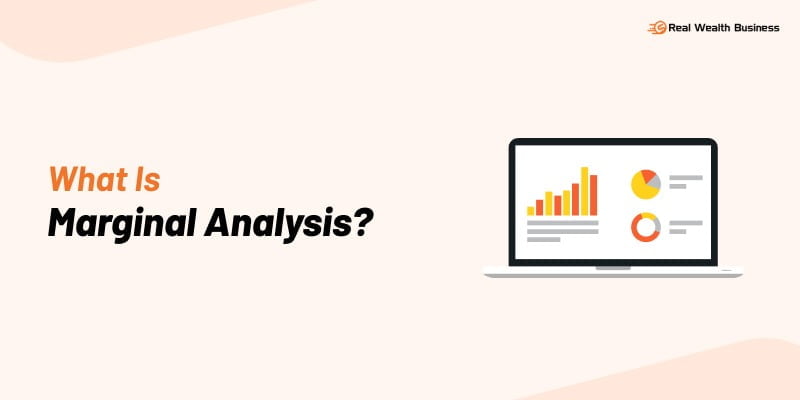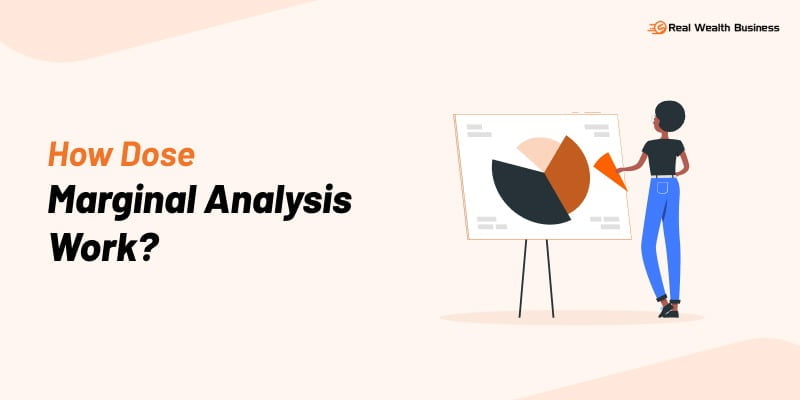Marginal Analysis – Definition, Purpose, How it Works, Limitations, Benefits, FAQs
by Mashum Mollah Business Published on: 07 June 2021 Last Updated on: 07 November 2024

One of the most common questions that Economics students tend to have is “ what is marginal analysis definition? ” Marginal analysis evaluates the benefits of activity in comparison to the additional expenses incurred by the same activity. With the advent of globalization and rise in market opportunities, the use of this term is increasing at a faster rate. Especially when it comes to decision-making, there is no other weapon like the marginal analysis.
Do you also find marginal cost-benefit analysis challenging to understand? Then you are at the right place as today we would shed light on different critical areas of marginal analysis. Read till the end to get the best answers to all of your queries.
What Is Marginal Analysis? – Marginal Analysis Definition

What is Marginal Analysis? – The term marginal analysis covers a large part of microeconomics. So knowing the marginal analysis definition is mandatory. So basically, marginal analysis conducts a comparative evaluation between the additional benefits from a specific activity to the extra costs incurred by the same activity.
In economics, Marginal means a lot. It is applicable when changes occur in an activity due to one unit change. Therefore, marginal benefits and marginal costs are interrelated to each other.
Marginal Analysis Purpose

Although marginal analysis connects to several sub-concepts in economics, it is a powerful tool for business decision-makers. Moreover, it deals with benefits and incremental costs and with respect to a change in production. While assessing the business performance and enhancing efficiency, a detailed analysis of marginal benefits and marginal cost is necessary. Be it magnifying operations, introducing a new system, or adopting changes, “ marginal definition economics ” will be in your need.
You May Also Like
- 5 Free SWOT Analysis Templates To Showcase Your SWOT Analysis
- Situational Analysis – Purpose, Elements, Framework & Strategic Plan
How Does Marginal Analysis Work?

Marginal benefits and Marginal cost are immensely helpful to the companies ensuring equilibrium between benefits and costs of extra activities. Whatever you read in the economics books, it’s much more than that. So how does it work? Specifically, it reviews the effects of minute changes in the business. For instance, if there are two investments, with this tool, you can determine which one is more profitable.
Here are the 2 most effective marginal analysis examples. If a business’s output changes by 1%, based on the effects of the changes, it may decide to decrease or raise the production. These minor shifts could help an entity to identify the optimal rate of production.
On the other hand, margin analysis is the key trick in determining opportunity cost through demand elasticity. For example, by a 1% change in the price of a commodity, how much net marginal benefit can a business person get in the revenue.
How can firms use marginal analysis to determine the price of a product? – the above examples explain how they do it!
What Are The Marginal Analysis Limitations?

Not every economic tool in the world is applicable in every respect. Similarly, marginal analysis has its own limitations. Most of these limitations arise from its criticisms. Let’s check out the marginal analysis limitations in the segment below:
- Inaccurate sometimes: Many economists argue that marginal data does not provide a real picture of marginal output and cost. Therefore it is hypothetical in nature.
- Incompatible For Decisions Making: Sometimes, the principle of marginal analysis is not suitable for making the ideal business decisions.
- Becomes Irrelevant Sometimes: The decisions depend more on projected results in comparison to the actual results. So marginal cost analysis may become faulty if the projected results are not properly calculated.
- Impracticality: Marginalism considers the assumption of perfectly competitive markets. These kidneys of marketplaces do not exist in the real world. So marginal analysis example is sometimes vague.
Is Marginal Analysis Different From Marginal Benefits?
It is possible to infer a lot from the marginal meaning in economics. Marginal cost and marginal benefits or marginal analysis and marginal benefits sound similar. However, they differ from each other. For instance, marginal benefit refers to a rise in the consumer’s benefits by adding a unit of something. On the other hand, marginal cost indicates incremental uplift in the expenditures that a firm bears to produce an extra unit.
Frequently Asked Questions (FAQ)
Q1. Marginal Analysis Would Put An Emphasis On:
Marginal Analysis Would Put An Emphasis On the additional benefits and costs of a particular financial decision or a business activity.
Q2. How Can Firms Use Marginal Analysis To Determine The Price Of A Product?
Firms use marginal analysis to estimate prices by changing one variable for generating additional units and enhancing the utilities.
Q3. Which Of The Following Decisions Is Least Likely To Be Well-explained By Marginal Analysis?
Which of the following decisions is least likely to be well-explained by marginal analysis? The answer is “ Deciding which college to attend. ”
Q4. In Economics, The Concept Of “Margin” Means __________
In economics, the concept of “margin” means additional or extra. Similarly, marginal economics is that branch of economics that deals with the “additional” or “little less” of something.
Q5. The First Step In Marginal Analysis Is To Determine
The first goal in the marginal analysis is assessing whether the costs related to changes in activities would cause sufficient benefits.
The Final Verdict
To conclude, marginal analysis is, therefore, an inevitable component of business organizations. Especially at the time of performance evaluation, large-scale firms use this concept to make critical business decisions. Do you have a growing business entity as well? Then conduct a marginal analysis without any more ado to maximize the potential benefits of your organizational activities.
Was this guide helpful to solve your doubts? Do let us know valuable feedback in the comment area below. Also, if you have any more ideas to add, let us know. We will be more than happy to hear your unique ideas.
Read Also:



































































































